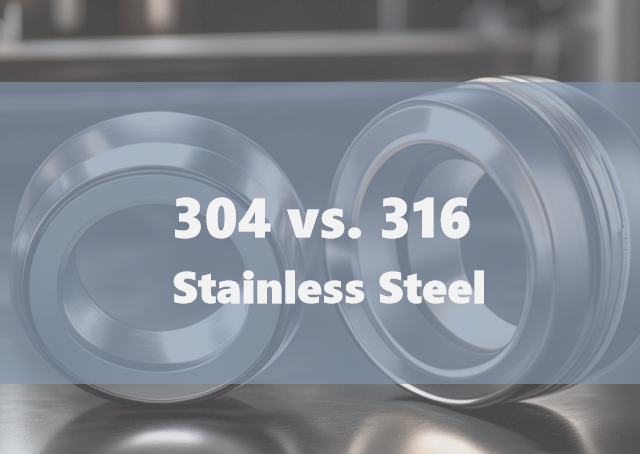Email format error
Email cannot be empty
Email already exists
6-20 characters(letters plus numbers only)
The password is inconsistent
Email format error
Email cannot be empty
Email does not exist
6-20 characters(letters plus numbers only)
The password is inconsistent


When selecting the appropriate stainless steel for a project, it's important to understand the distinctions between the different grades. Two of the most commonly used types are 304 stainless steel and 316 stainless steel. Both offer excellent corrosion resistance, durability, and versatility, but they differ in several key ways. If you're wondering which one is better suited for your needs, here's a breakdown of 304 and 316 stainless steel to help guide your decision.
304 stainless steel, also known as A2 stainless steel, is one of the most popular and widely used grades of stainless steel. It contains 18% chromium and 8% nickel, which contribute to its excellent resistance to rust and corrosion in most environments.
304 is often chosen for its versatility, ease of fabrication, and affordable cost. It's an ideal choice for general-purpose applications, particularly in environments that are not subject to harsh chemicals or high chloride concentrations.
316 stainless steel is considered a more premium grade than 304. It contains 16% chromium, 10% nickel, and 2% molybdenum, with the addition of molybdenum providing superior resistance to corrosion, particularly in chloride-rich environments. The presence of molybdenum gives 316 steel its excellent resistance to corrosion from seawater, acids, and other aggressive chemicals.
316 is specifically designed for more aggressive environments where corrosion resistance is critical. The added molybdenum enhances its ability to resist pitting and crevice corrosion, especially in chloride-heavy settings, making it ideal for industries dealing with saltwater or chemical exposure.
If your project is in a mild environment, such as a kitchen, indoor equipment, or environments that don't involve exposure to heavy chemicals or salty air, 304 stainless steel is a great choice. Its affordability and versatility make it a go-to for everyday applications.
On the other hand, if you're working in marine environments, chemical processing, or highly corrosive conditions like those found in coastal regions or industrial plants, 316 stainless steel is the better option. The added durability and resistance to corrosion will ensure your product lasts longer in harsh settings.
Both 304 and 316 stainless steel are excellent materials with unique advantages depending on your needs. 304 is perfect for general-use applications, offering great value, while 316 excels in highly corrosive environments, justifying its higher cost with superior performance.